I see now that Hitchcock’s “Vertigo” is replete with Tarot Symbolism and more….
Vertigo is based on a French novel entitled “D’Entre Les Morts” (“From the Dead “) by Boileau and Narcejac ..... a successful French crime-writing duo. The original plot is set in Paris and Marseilles during wartime. Marseilles of course is the name given to a famous deck of Tarot cards. But there is of course more to it than that tenuous link.
The name of Kim Novak’s first incarnation of the lead character (whose real name is Judy)….. is Madeline which means “woman of Magdala “ or “Magdalene“, …and the name Judy (related to Judith) means “woman of Judea“, so really these two women were always one and the same.
The link to Marseilles of course is also fascinating for another reason. It is near Marseilles at Sainte Boheme that the grotto of Mary Magdalene can be found where she is believed to have lived out her life as a teacher of the gospel after she came to live there with her child when she emigrated there arriving at Saintes-Maries-de-la-Mer on the southern French coast after the Death of Jesus.
This small village is famous for celebrations that takes place there every 24th and 25th of May and the Sunday in October closest to the 22nd . This celebration is a gathering place for the Gypsies more often referred to as Romani now or “Les Gitans”, the travelling people of Europe who celebrate their own origins. For they believe they are descended from Egypt from a dark skinned woman known as Saint Sara who travelled in the boat of “The Holy Mary’s of the sea” from Judea in around AD 30 approximately. (Though there is dispute about which Marys visited and how many there were, the processions themselves focus on two)
The word “Gypsy“ comes from an abbreviation of “Egyptian”. Indeed the travelling people were famous for popularising the Tarot Deck through fortune telling. I have not looked into that matter in detail yet. But it is another unusual link, one of many that can be uncovered when you visit there and see the dark figure statue of “Saint Sara The Black …(Sara la Kali)” depicting her likeness dressed in white robes in the church named after The Mary’s of the sea
But Hitchcock became aware of some of the other subtle allusions in the novel as his American film shows…… The film depicts a number of cards from the Tarot. These are primarily The Fool, The Empress, The High Priestess, The Star, The Emperor, The Tower, Judgement, Death, The Lovers, The Hanged Man and The Hermit.
Scottie, or John the detective is “The Fool” and this reference comes up several times. First in his failed attempt to leap to the rooftop resulting in the death of a cop who he was helping while chasing after the criminal who was fleeing capture. This trauma results in his vertigo or “acrophobia” which he tries to overcome later by standing on a yellow high stool . Again he fails to cope with the height falling into the motherly arms of the High Priestess, Marjorie. Marjorie means “Pearl”
He only seems to be able to deal with the height in the final scene and in particular the very last scene were he appears on a ledge at the top of the tower looking down at his lover who has tragically fallen below. His pose and stance is very similar to The Fool Card in appearance . He appears perfectly framed in the archway, another recurring symbolic image throughout the movie. The colour of yellow as in the background is often found behind him as in the card. The High Stool is also yellow. He also holds a walking stick reminiscent of the Orion or “O“ card a reference to zero, its number in the pack. He is called “Johnny O” by Midge on numerous occasions and also “Johnny boy” a reference to the youthfulness of that joker card. The fool card is also known as the joker. Scottie appears beside a painting of a little boy blue in the gallery also
This film is about our wandering detective (this is how he describes his daytime activities on a number of occasions ) eventually discovering the path of maturity and his ageing process is also referred to with the walking stick and his retirement.
Marjorie “Midge” Wood , Scotties ex-fiancé plays the part of The High Priestess and The Magician throughout the movie. She correctly predicts that only another serious trauma will cure him of his vertigo. She appears framed seated between the two wooden beams of her studio window as the high Priestess with a shoe in her hand (an esoteric reference) and a cloth draped over her knee just like the card. She has Scotties best interests at heart but cannot help being unhappy at his relationship with Madeline. She knows before anyone that Scottie is in love with her. Scotties asked her not to mother him. In her Magician guise she appears at the Artists table as an artist (first as a designer and then as a painter holding her wand , or paintbrush). She sees the danger of the story of Carlotta before Scottie does. (Carlotta Valdes name in the original novel was “Pauline Lagerlac“) Her nickname “Midge” or first name marjorie may be a play on the word “Magician”.
His love interest “The Empress” Madeline (Judy), who appears to be married to “The Emperor” of the shipbuilding industry who has gotten his wealth through his marriage (Gavin Elster ( Ulster ?) ). He is the mastermind behind the plot to involve the reluctant Scottie in his scheme. He sits in a red coloured chair evoking the red outfit of the Emperor. Judy appears later in the movie in her apartment at “The Empire” Hotel. Like the card she is shown surrounded by plant life in the flower shop scene and the graveyard scene. She is often dressed in striking green as when she appears in the red walled restaurant and she drives a green car. The green car may also be evocative as the green background to The World card which may be even another of her incarnations.
But Judy has a number of guises. She controls Scottie and lures him in on behalf of Elster into his web of deceit . But she also appears as the Star when she is rescued from the water in her feigned suicide attempt. After this She is undressed by Scottie and wakes up naked as the young woman who appears beside water in the Star card. There is another scene when she appears beside a twisted tree against the backdrop of water. This is also consistent with the tree in the star card .
There are numerous occasions when Madeline is surrounded in green, once she appears as an ephemeral and faded figure in grey with blonde hair when she appears in her Madeline guise after being convinced by Scottie to dress up as her again . She fades into the scene in front of a green shaded room with a special effect created by Hitchcock to make her look as if she is floating there , ghostlike. These green scenes are meant to evoke her appearance ,, inspired by “The World” card. Once she is profiled as a silhouette completely surrounded again in the frame by the green curtain behind her. She is also surrounded in Green when she drives her distinctive green car.
The Hermit was harder to create a case for, even it if seemed obvious that the hermit would be the bookshop owner who fills them in , as is the Hermits role, on the story of Carlotta thus placing them within their given roles. But I could see no reference to a lantern. But I did notice that the bookshop photography was incredibly dark . I wondered that it looked like simply poorly lit bad cinematography. However I was to receive a pleasant surprise when the friends left the dark book shop and they are momentarily framed by its window behind them . Suddenly as if the bookshop owner switches it on , the electric light brightens up the whole scene seen through the bookshop window. This in a figurative and imaginative way is the equivalent of lighting up a lantern . A number of lantern forms appear throughout the movie. One, can be seen behind Scottie in some scenes in his apartment and we also see that lantern featured in views at night outside his apartment.
The Judgement card makes its appearance when Scottie is heavily criticised at the hearing. A group of figures , the jury appears framed above the table with the Judge appearing enlarged as in the card in the foreground to recreate the group of figures rising from their graves in the card. Behind the severe Judge is a flag in white and red stripes very similar to the flag in the card. Even Gavin Elster himself criticizes the severity of the judgement .
The Round topped tower from which two figures eventually fall mimics the appearance of the tower in that tarot card . Depicted there are two figures falling also. Madelines tower, where she twice falls to her death also has a special reference to those familiar with places in France that keep the account of her marriage with Jesus alive such as The Tour Magdala at Rennés Le Chateau for example.
A prominent feature of the Death card appears halfway through the movie, when before Madeline falls from the tower she is shown the full sized white or grey stuffed horse from her dream , a dead horse! Scottie stands beside it hinting that he himself is her Death as indeed he eventually becomes as she appears to fall from his arms in the end scene when a dark figure appears at the top of the tower from the shadows appearing to scare Judy into loosing her footing and causing Scottie to lose his grip upon her, allowing her to fall to her true death this time.
The question has to be asked how does this apply to the Dan Brown-like reference about Mary Magdalene. …. Was it Hitchcock communicating to the initiated, the “brotherhood” teasing masonic secrets, or did it serve a deeper psychological subliminal purpose for the public. My guess is the latter…
The arrival of the Nun in the end scene is extremely important and very much in line with the anti clergy messages apparent in early French surreal movies which influenced Hitchcock greatly such was L’age D’Or by Dali and Buñuel. She appears as a shadow in the room and effectively signals the end of Judy’s life startling Scottie and her and perhaps causing scottie to let go of her , letting her tumble out the window. When I was young I found it shocking that the nun, a religious figure , would be, even in an indirect way party to Judy’s death. But as I see it with my adult eyes of course it may be symbolic of the orthodox churches treatment of the Mary Magdalene Story. Mary Magdalene has been effectively wiped from her place in the bible and cast as a prostitute, a thing which may actually be historically inaccurate. Mary Magdalene may have married Jesus and may have had a child with him as the gypsies memory and celebration of The “Marys” arrival at St-Maries-de-la-Mer hints at . Judy’s character is very different to Madeleine’s . She says she has been “picked up” before hinting at her dubious morals and humble origins. When we see her first she looks like a gypsy with the wide skirt dark skin and hair and large round earrings in her ears. She arrives in the companionship of two or three other women. Sometimes in a gypsy-like fashion she even tucks a scarf in her belt .
But she is a very different character when she plays the part of Madeline. She is refined elegant and respectable. This reflects the Magdalene story which is in fact a story about a woman’s repentance. She changes under the influence of Jesus . Even though to be thought of as a prostitute during the time of Jesus did not mean you were necessarily an actual prostitute. There is evidence from the Bible Story and bible academics that Mary Magdalene was shunned because she had had an affair or perhaps had been a “kept woman” and was not a prostitute in our understanding of the word.
The point I’m making is that The Orthodox Church as represented by the figure of the Nun in Vertigo rejected the importance of many women’s depiction in the Bible. It certainly fails to portray a complete story about Our Lady and it dispels the importance of Mary Magdalene by casting her as a prostitute and….. apart from her moment of repentance cleaning the feet of Jesus washing them with her tears and wiping them with her hair along with her appearance at the tomb…. she plays a most minor role . She is in effect wiped out by the orthodox memory of her existence . It can be interpreted that the woman of Judea, Judy, is wiped out by the official church. As her life is wiped out by the startling presence of the Nun in the tower scene.
All of this attention placed upon the roles and the power of women cast in Hitchcock’s mould of them in his movies is legendary but ironic given that his treatment of his female leads in real life is famously misogynistic and abusive. Look at Tippie Hedrons well documented experiences of her lead roles in ‘The Birds’ and ‘Marnie’
His view of the Magdalene Story that he has encoded into this work is laden with an unsympathetic view of what it means to be a woman. He is certainly irreverent and his innuendos sometimes stand up very poorly indeed to the test of time . Particularly the distasteful discussion about the bra at the beginning of the movie between Midge and Scottie. However it is easy to revise Vertigo in hindsight and forget the values of that time that passed by as being well integrated into the audience’s sensibilities of the 50’s.
But Hitchcock’s potential as an Artist does show through in this movie. Parts of which are most painterly and his ability to weave symbolism and intertwine it with modern imagery does capture the imagination and stimulate the eye in a way that owed much to the surrealist movies of Cocteau , Dali and Buñuel. The dream sequence is not designed by Dali as people often seem to think but is in fact by John Ferran. But Dali was employed to do the dream sequence in Hitch’s “Spellbound”.
Hitchcock’s aesthetic style at times comes across as deeply surreal. He uses the surreal to evoke fear and a strong emotional response. His interests, though more commercial, do utilise the shock and awe visual effect as a device to bring about cathartic change that awakens the mind of the viewer. This is the exact same aim such as those expounded by the “Theatre of Cruelty” produced by surrealist / avant garde artists of the Alfred Jarry Theatre and written by Antonin Artaud. (Artaud himself came from Marseilles and has links with Ireland.). Hitchcock’s own aims might be summarised by Artauds manifestos for “The Theatre of Cruelty” which he wrote in a sad state when he returned from Ireland after which he spent most the rest of his life in asylums
"It was at this time that his best known work The Theatre and Its Double (1938) was published. This book contained the two manifestos of the “Theatre of Cruelty” There, "he proposed a theatre that was in effect a return to magic and ritual and he sought to create a new theatrical language of totem and gesture – a language of space devoid of dialogue that would appeal to all the senses."[23]:6 "Words say little to the mind," Artaud wrote, "compared to space thundering with images and crammed with sounds." He proposed "a theatre in which violent physical images crush and hypnotize the sensibility of the spectator seized by the theatre as by a whirlwind of higher forces." He considered formal theatres with their proscenium arches and playwrights with their scripts "a hindrance to the magic of genuine ritual."
When one thinks of the prevailing and intense atmosphere of Vertigo . The above description could actually be a description of that movie itself, right down to the “swirling eye” / Saul bass vertigo space created as part of the title sequence and Scotties dream. There in that dream we see Scotties image become The Hanged Man card as the animated figure…. which rather than suspended by a rope is suspended in the nightmare of the “whirlwind of higher forces”.
Sean O'Dwyer 31 Oct 2020
Appendix 1
The above cards are from the Pamela Coleman designed Rider/Waite Deck I would suggest they they are the actual cards Hitchcock visualised into his productions particularly as regards his use of colour symbolism
The Original Book upon which the screenplay is based can be read here…..
https://www.normaltheater.com/DocumentCenter/View/169/The-Living-and-The-Dead-Part-1?bidId=
The Gypsies Pilgrimage
https://www.avignon-et-provence.com/en/traditions/gypsys-pilgrimage-saintes-maries-de-mer
Appendix 2
The film is like a series of moving Tarot cards. The Imagery especially with the Star Card (17 rider/waite deck) is actually gotten by connect three different scenes in the movie. I saw the movie many times before waking up and seeing the movie for what it truly was.
The Tarot may also of course have been part of a template to help Hitch make his movie and script . This is not unusual for directors to refer to the Tarot in filmmaking and some have used it as a template for their ideas as the recent movie "The King of Cups" would show . ......
https://www.tarottotes.com/item.asp?iid=1600
The purpose behind the motivation to release this information in quite a subliminal way: There is plenty of evidence for the use of subliminal messaging in advertising in the fifties. In advertising the purpose is plain…. To sell products (that of course are all part of the plan to create a consumer society ). But Hitch was deliberately creating this visual experiment to influence minds and awaken them to non orthodox esoteric values. Hitch certainly wanted to have a freer society from a sexual point of view . His work on Psycho is a particularly good example of this and then his work on the most shocking “Frenzy" presented some alarming and at the time original ideas as regards filmmaking and its presentation of sexuality ( In it the killer is a filmmaker and a voyeur).
Social Engineering: Its hard to create an argument when it might be hard to prove that hitch was deliberately not only making subliminal messaging but also a party to a more sinister motive generally abroad and paving the way for the " New Age" promised by the forthcoming sixties. What I really mean is that is that Hitch was involved with creating social influence ( or a form of social engineering which is highly unethical and actually an abuse of power ) and a transmission of non orthodox ideas (No harm in some non orthodox ideas). But I do feel Hitchcock saw himself as a filmmaker/ educator and trained as such being used to generating propaganda during the war. He knew what the deeper meanings of his work meant and how these symbols work upon the mind. He has a history in this form of film making.
It should be noted that Hitch had a link with the intelligence services: "Before Hollywood dubbed him the "Master of Suspense," Alfred Hitchcock made anti-Nazi propaganda films for the British Ministry of Information. Some of his work from that period, including "Foreign Correspondent" (1940) and "Saboteur" (1942), enjoyed wide release, but two of the films — "Bon Voyage" (1944) and "Aventure Malgache" (1944) — were deemed by ministry … officials "too subversive" to serve the allied cause and remained in storage until the 1990s.”


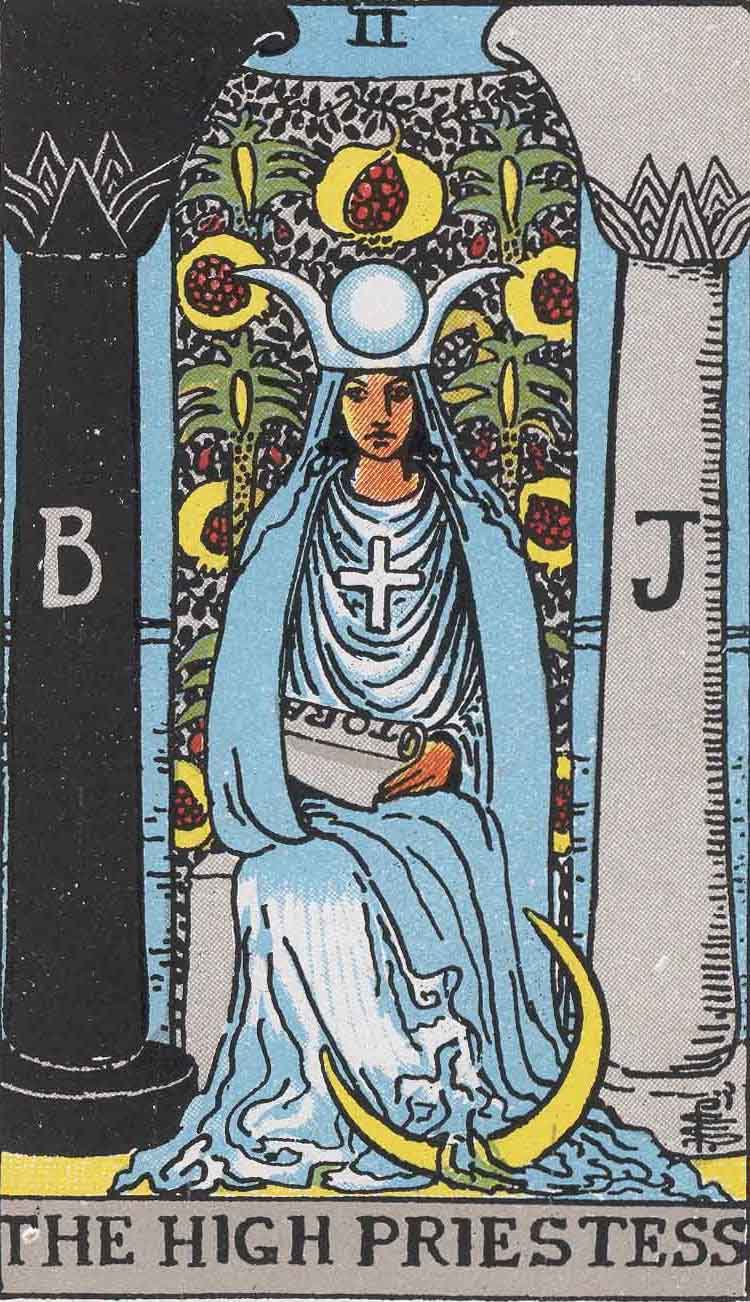

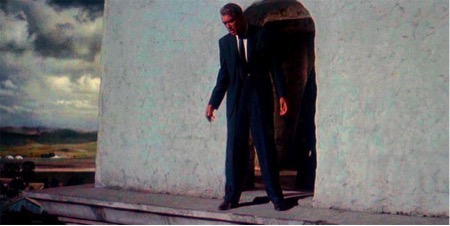




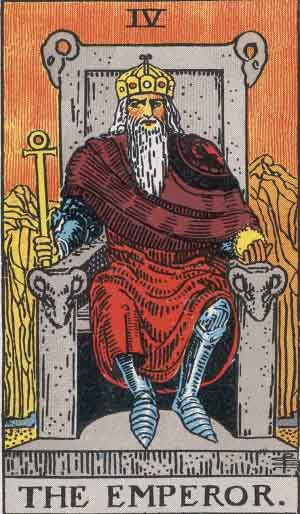





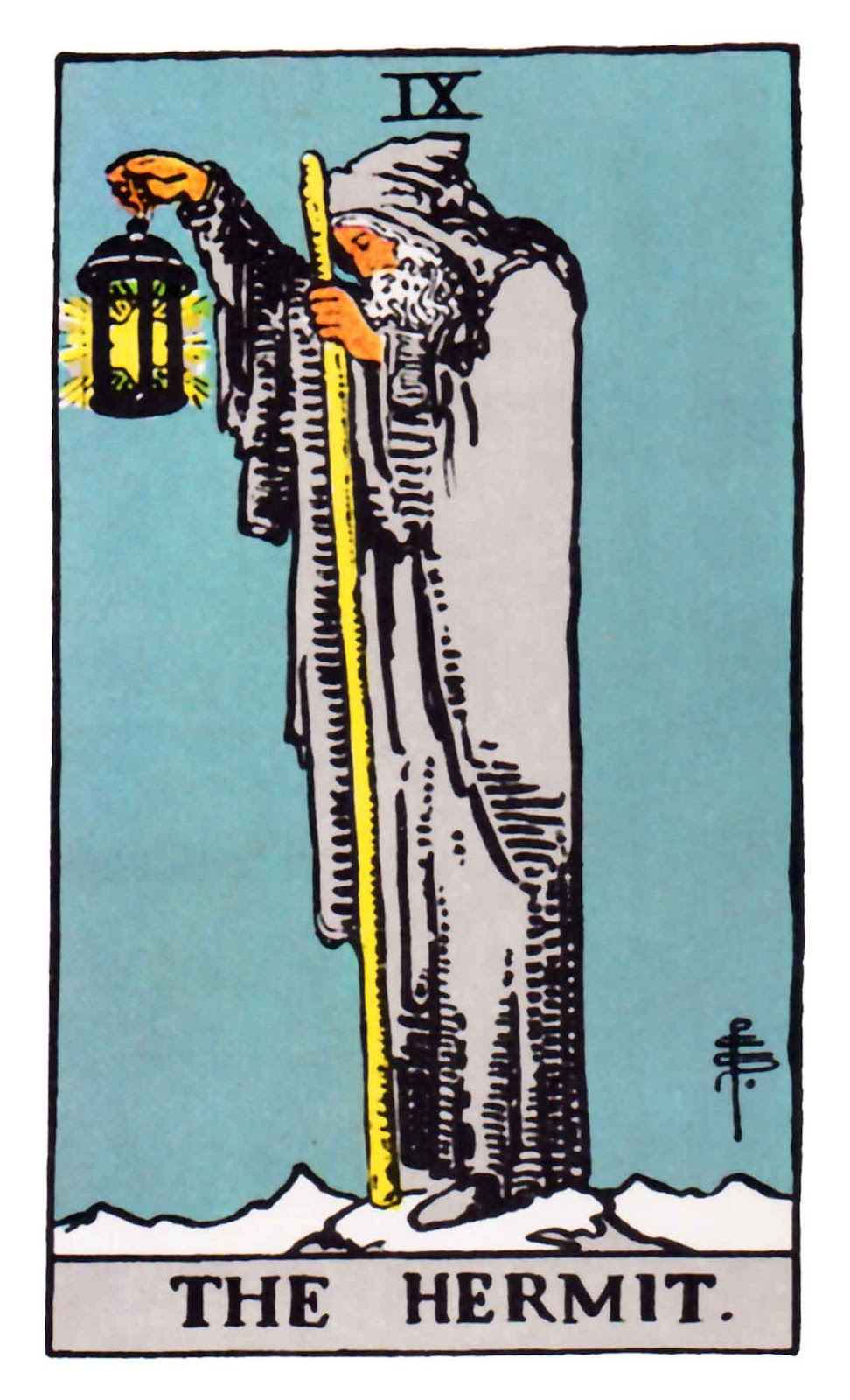
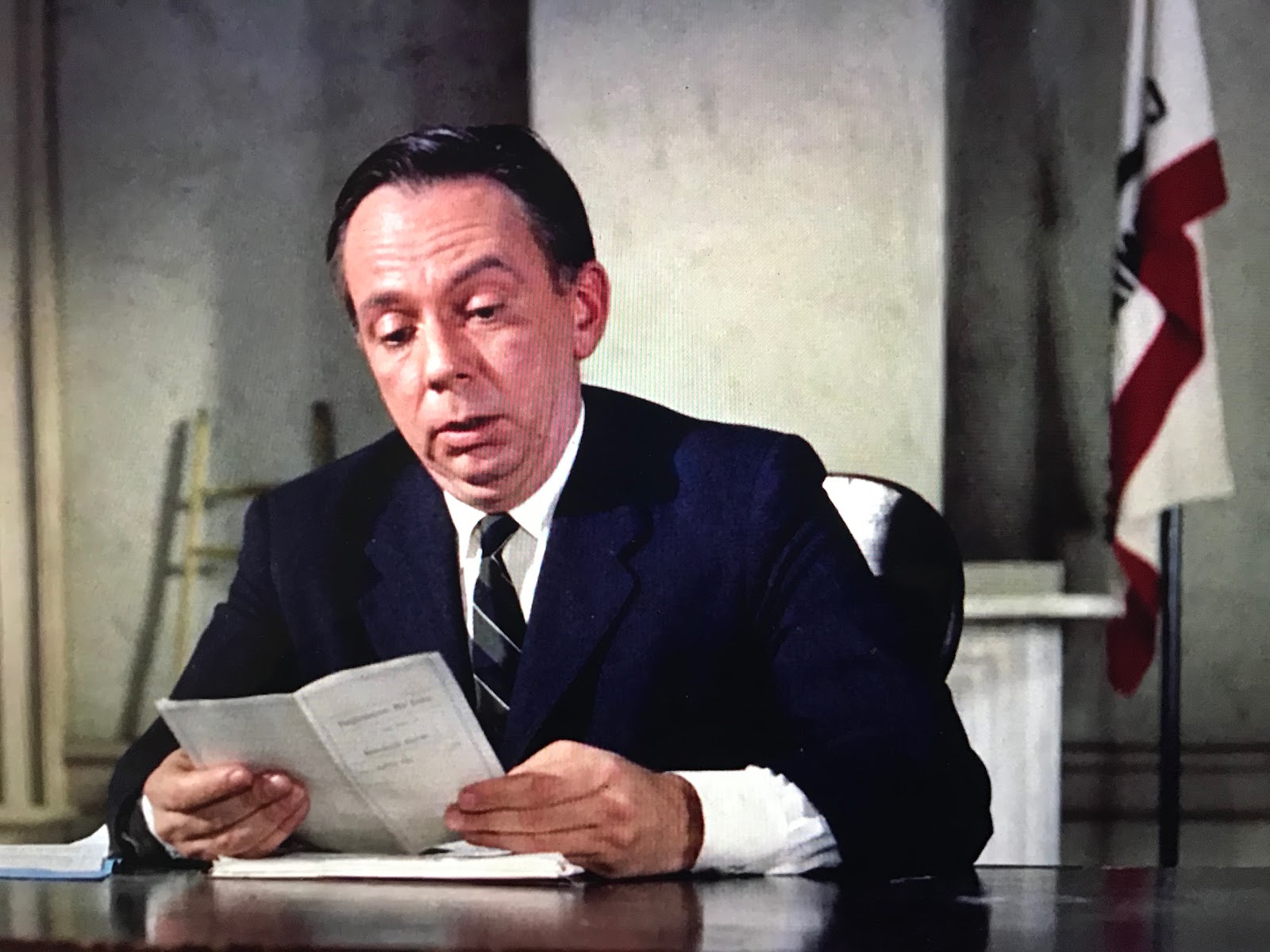






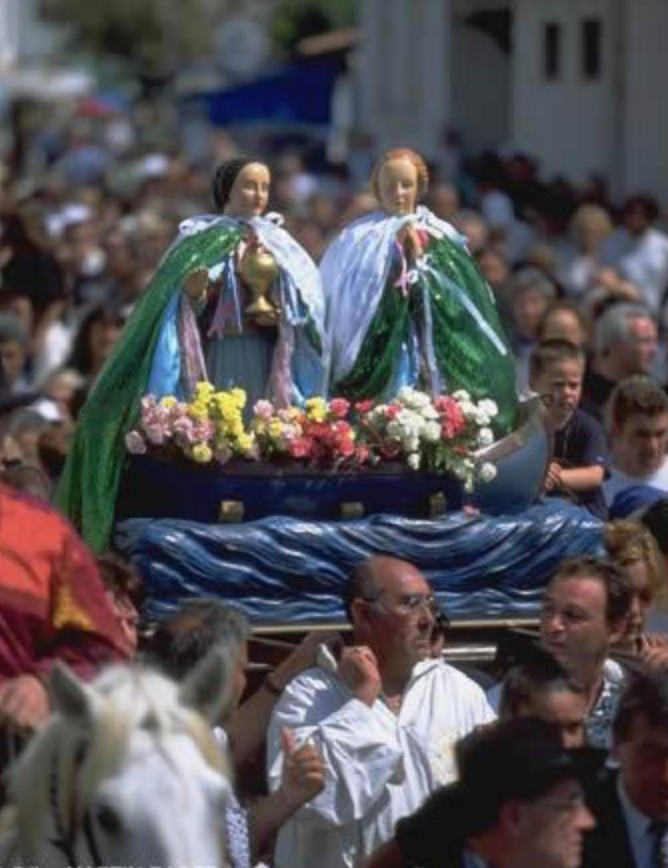


No comments:
Post a Comment